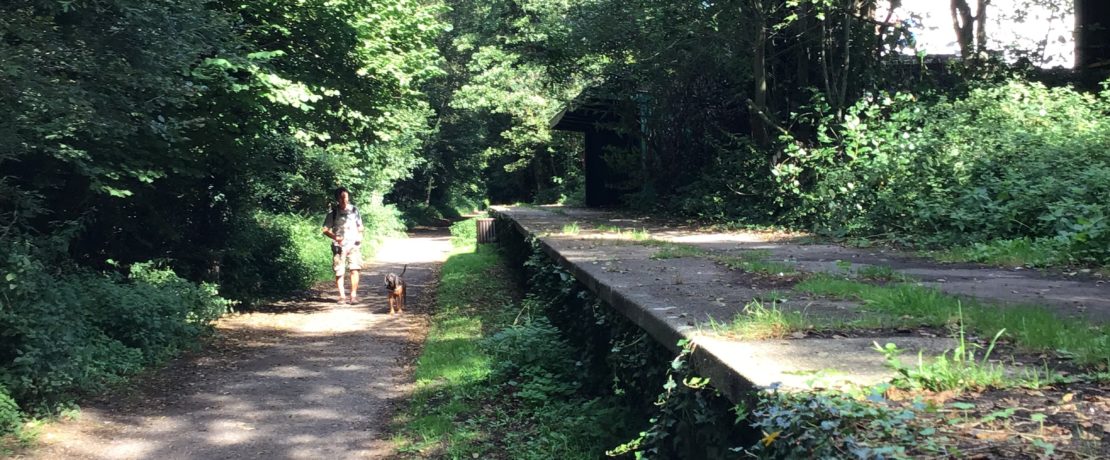The History of the Riverside Railway Walk in Liss
In the village of Liss, in East Hampshire, there is an oasis of peace. The Riverside Railway Walk follows part of the former Longmoor Military Railway. Where steam trains once thundered, there is now only bird song.
Construction of a military railway began there in 1903. The Woolmer Instructional Military Railway was built to train soldiers on railway construction and operation. In 1935, it was renamed the Longmoor Military Railway after the military camp at Longmoor Downs. This was the largest station on the line and the original terminus. The LMR was eventually extended to serve the army at the town of Bordon.
The Longmoor Military Railway was of importance during both World Wars. Thousands of troops were transported by the LMR in the run up to D-day during World War Two.
A number of movies were also filmed at the Longmoor Military Railway. The first was The Lady Vanishes (1938), which was directed by Alfred Hitchcock. Others included Sons and Lovers (1960), and The Great St Trinian’s Train Robbery (1965.) The last film to be shot on the line was Young Winston (1972.) Based on the early life of Winston Churchill, it was directed by Richard Attenborough.
Changing military needs during the 1950s and 60 affected the Longmoor Military Railway. It eventually ceased to operate in 1969.
In 1993, the Liss Conservation Volunteers were formed and they cleared the undergrowth that had accumulated over more than two decades. They also took on the management of the site. Their hard work was rewarded when the Riverside Railway Walk, as it was named, was granted Local Nature Reserve status in 2001.
The walk itself gains its name in part from the River Rother, which flows nearby. The river is home to such fish as bullhead, eel and brown trout. Sometimes there is a magical flash of blue as a kingfisher flies past in search of prey.
Some of the old railway is still visible. There is the platform and buffer stop in Liss. Concrete sleepers that once supported the tracks also poke through the undergrowth.
The Riverside Railway Walk is lined on both sides with a variety of tree species, including Grey Poplar and Alder. A Millennium hedge was planted by the walk in the year 2000. It contains native species such as hawthorn, hazel and dogwood.
Spring is when the Riverside Railway Walk is perhaps at its best. Carpets of bluebells grow there. So too does wild garlic, with its white flowers and distinctive smell. The Riverside Railway Walk is now managed by the Liss Conservation Rangers. Their hard work will ensure that people can continue to enjoy this wonderful place in the future.
Further reading
The Longmoor Military Railway, by D.W. Ronald & R.J. Carter. Published by David & Charles.
Location and parking
This walk is not circular so you can walk up and down from either the southern or the northern end. One way is approximately 1.25 miles.
Southern end – from Liss Railway Station (parking is available here), cross the railway tracks at the level crossing (please note there is a barrier and warning lights) and the track is on the right with an information board and metal buffer.
Northern end – car parking is located off Forest Road, between the bridge over the A3 and Briar Wood. From here, cross Forest Road and though the gate.











